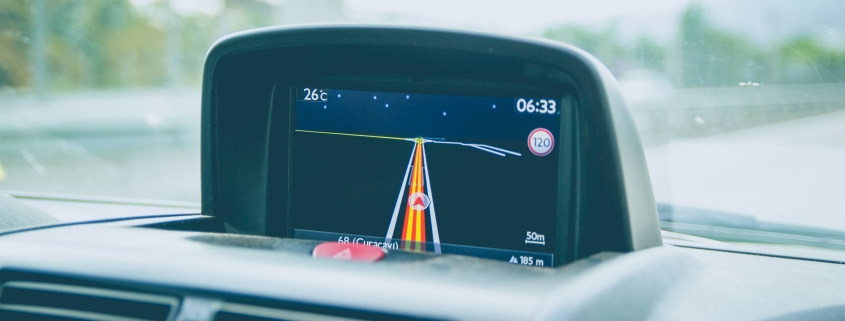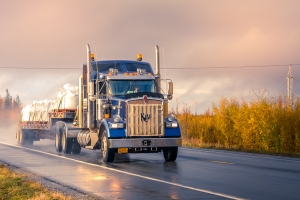
If you’ve recently passed the CDL driving test, you know the relief, pride, and satisfaction that comes along with it. Truck driving can be a great career, and if you’re thinking about becoming a driver, passing the CDL driving test is your first step. Here’s what you need to know to pass the CDL test with flying colors.
What Does the CDL Test Consist of?
It’s different in every state, but all tests will consist of a written knowledge test and a driving test. In some states, the written test is taken to get your CDL permit, while in others it’s taken to get your actual CDL. The driving test goes by different names state to state, but will always consist of some combination of these; pre-trip inspection, basic skills (or backing), and road skills.
1. Study, Study, Study
 Like with any test, the best way to pass the CDL test is to study.
Like with any test, the best way to pass the CDL test is to study.
Every state has some sort of guide or study material for their CDL test. There are a lot of websites that may ask you to pay for a study guide, but you can usually find a free version on the state’s D/BMV website.
Once you’ve got your study materials, you’ll need to set a study schedule for yourself. Choose a target date to take the test and then spend a little time studying every day, preferably the same time every day so you can get used to the routine of it.
Also, be realistic about the date you choose. You’ll want to be fresh for the test and stay motivated, so choose something relatively close. That said, make sure you give yourself enough time to properly study. For most people, 2-3 weeks is a good timeframe.
Once you get to know the material, start taking practice tests. Many states offer free practice tests on their website. There are also third-party sites like Trucker Country that allow practice tests. Drivers can take a generalized test for a CDL license or practice tests that are for a specific endorsement. These practice tests are a great way to test your knowledge and find any areas that need more studying.
But, just be aware that the CDL test is a little different based on what state you are in. Make sure you get a copy of the study guide from the state where you’ll be taking the licensing test.
2. Demonstrate Technical Expertise
 With the written portion of the CDL test done, it’s time to show off your driving skills. First and foremost, make sure you know the truck. The last thing you want is to try and make a simple air vent adjustment and be fumbling with the buttons. With the evaluator watching, even routine adjustments can feel like they have a lot of pressure. Know the inside of the cab like the back of your hand.
With the written portion of the CDL test done, it’s time to show off your driving skills. First and foremost, make sure you know the truck. The last thing you want is to try and make a simple air vent adjustment and be fumbling with the buttons. With the evaluator watching, even routine adjustments can feel like they have a lot of pressure. Know the inside of the cab like the back of your hand.
Aside from knowing the inside of your cab, there are a few skills that you absolutely have to get right to pass the CDL driving test. Some of them are obvious — don’t stall and no shifting at intersections. Others are skills that you may need to be more conscious about.
For example, it’s very important to use proper exit and entry techniques when you are getting in and out of the truck. Similarly, train yourself to notice weight limit signs as you’re driving.
An examiner may ask you about a posted weight limit sign shortly after you’ve passed it. You need to know what it said. Any time you are driving, even in a personal vehicle, try to notice details on the road like weight limit signs.
We spoke with new CDL driver Brittany, and she shared this advice:
New CDL Driver, Brittany
“If you’re going to school, be out there every day doing pre-trip inspections and maneuvers and stay focused while doing it. Ask all the questions you can think of because that’s what instructors are for. No question is a dumb question and don’t be nervous on test day. All the practice will show as long as you’ve put in the work.”
3. Make the Basics Obvious
 When you take the CDL driving test, it’s easy to focus on the things that will be challenging, but don’t forget the basics. These are the things that are probably almost second nature to you, and you do them any time you drive.
When you take the CDL driving test, it’s easy to focus on the things that will be challenging, but don’t forget the basics. These are the things that are probably almost second nature to you, and you do them any time you drive.
Keep two hands on the wheel. Check your mirrors and scan regularly. Signal all lane changes. Keep an eye out for speed limit signs and make sure you’re driving a few miles per hour under the speed limit. All of these are common sense basics, but make a point to make these obvious when you take your licensing test.
4. Beyond Passing
 Make sure you know the automatic failure points so you can avoid them, but set your sights higher. Don’t focus on just barely passing. When you are in the cab with the evaluator, remember to stick to your purpose. You’re not in the cab to make friends, so don’t get too chatty. Some evaluators may consider this distracted driving.
Make sure you know the automatic failure points so you can avoid them, but set your sights higher. Don’t focus on just barely passing. When you are in the cab with the evaluator, remember to stick to your purpose. You’re not in the cab to make friends, so don’t get too chatty. Some evaluators may consider this distracted driving.
Above all, stay calm even if you make mistakes. You will likely encounter at least one small unexpected surprise while doing the CDL driving test. Take in the new information and keep moving forward. If you made a mistake, fix it for the next time.
A calm personality and the ability to respond well to unexpected changes are key for drivers. Demonstrating that skill in a road test will impress your evaluator and give them confidence in your ability to be on the road professionally.
Looking for a new CDL Job?
Drive My Way matches you with a job based on your preferences like pay, home time, touch level, and more.

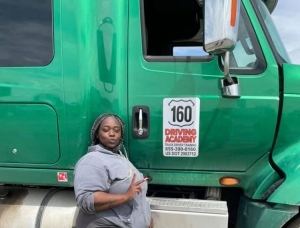


 Nobody likes detention. Not the carrier, not the shipper, and definitely not the truck driver. But, since detention is such a universally disliked part of the trucking industry, why does it happen so often? Here’s what truck drivers need to know about detention delays and detention pay.
Nobody likes detention. Not the carrier, not the shipper, and definitely not the truck driver. But, since detention is such a universally disliked part of the trucking industry, why does it happen so often? Here’s what truck drivers need to know about detention delays and detention pay. 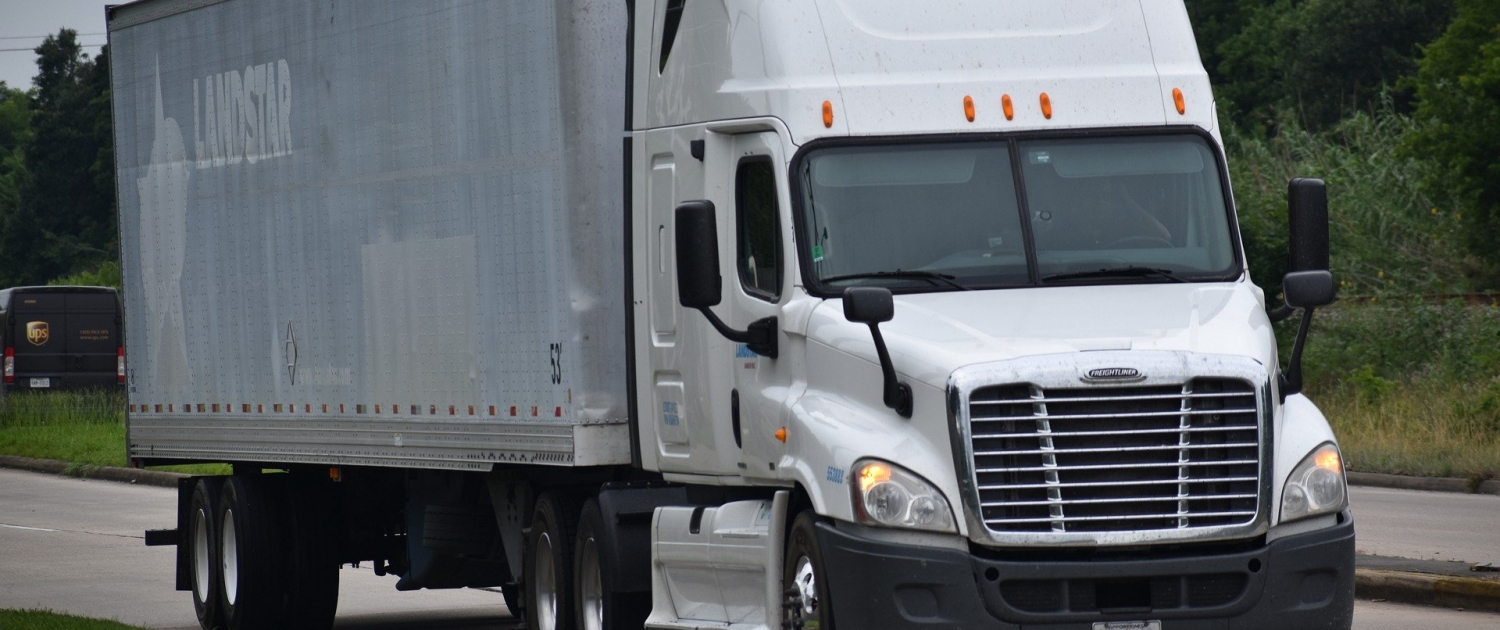 Truck driving isn’t a one size fits all type of job. Drivers have choices for everything from the kind of freight they haul, how far they drive, and where they drive. But before they decide if they want to haul dry van or hazmat, or run OTR or local, they need to make two decisions first; Whether they want to drive under their own authority and what kind of trucking carrier they want to drive for.
Truck driving isn’t a one size fits all type of job. Drivers have choices for everything from the kind of freight they haul, how far they drive, and where they drive. But before they decide if they want to haul dry van or hazmat, or run OTR or local, they need to make two decisions first; Whether they want to drive under their own authority and what kind of trucking carrier they want to drive for. Company drivers work as employees under the authority of a trucking company. This arrangement is where most truck drivers fall. The biggest benefits of being a company driver are the health benefits and lack of financial investment on the part of the driver.
Company drivers work as employees under the authority of a trucking company. This arrangement is where most truck drivers fall. The biggest benefits of being a company driver are the health benefits and lack of financial investment on the part of the driver.  Truck drivers can make a lot of money bring an owner operator, but the initial costs associated with it can be too much for many drivers. This is where
Truck drivers can make a lot of money bring an owner operator, but the initial costs associated with it can be too much for many drivers. This is where  An owner operator is a truck driver who owns (or has financed) his or her own truck and drives under their own authority. Generally speaking, drivers will only become owner operators after years of experience on the road working as a company driver.
An owner operator is a truck driver who owns (or has financed) his or her own truck and drives under their own authority. Generally speaking, drivers will only become owner operators after years of experience on the road working as a company driver. 





 In past blogs, we’ve discussed the differences between OTR, Regional, and
In past blogs, we’ve discussed the differences between OTR, Regional, and  This past May, 16 million people tuned in to watch one of the biggest upsets in Kentucky Derby history. Rich Strike, a horse who the day before, wasn’t even slated to race, did the unthinkable and won the 148
This past May, 16 million people tuned in to watch one of the biggest upsets in Kentucky Derby history. Rich Strike, a horse who the day before, wasn’t even slated to race, did the unthinkable and won the 148 A horse transport truck driver is a driver who transports horses from place to place. This could be from training facility, to racetrack, farm, or anywhere else they need to go. These positions are typically either
A horse transport truck driver is a driver who transports horses from place to place. This could be from training facility, to racetrack, farm, or anywhere else they need to go. These positions are typically either  You’ll of course need to have your CDL A before becoming a horse transport truck driver. Aside from that, you’ll also need to learn how to load, unload, and handle the challenges of transporting large animals like horses. Luckily, most carriers that specialize in this work will train you on that.
You’ll of course need to have your CDL A before becoming a horse transport truck driver. Aside from that, you’ll also need to learn how to load, unload, and handle the challenges of transporting large animals like horses. Luckily, most carriers that specialize in this work will train you on that. Since horse transporting is a specialization in the trucking industry, these drivers tend to make more than your traditional OTR driver. The exact numbers depend on which company you drive for but can reach more than $100,000 annually.
Since horse transporting is a specialization in the trucking industry, these drivers tend to make more than your traditional OTR driver. The exact numbers depend on which company you drive for but can reach more than $100,000 annually.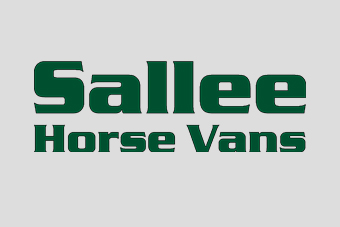
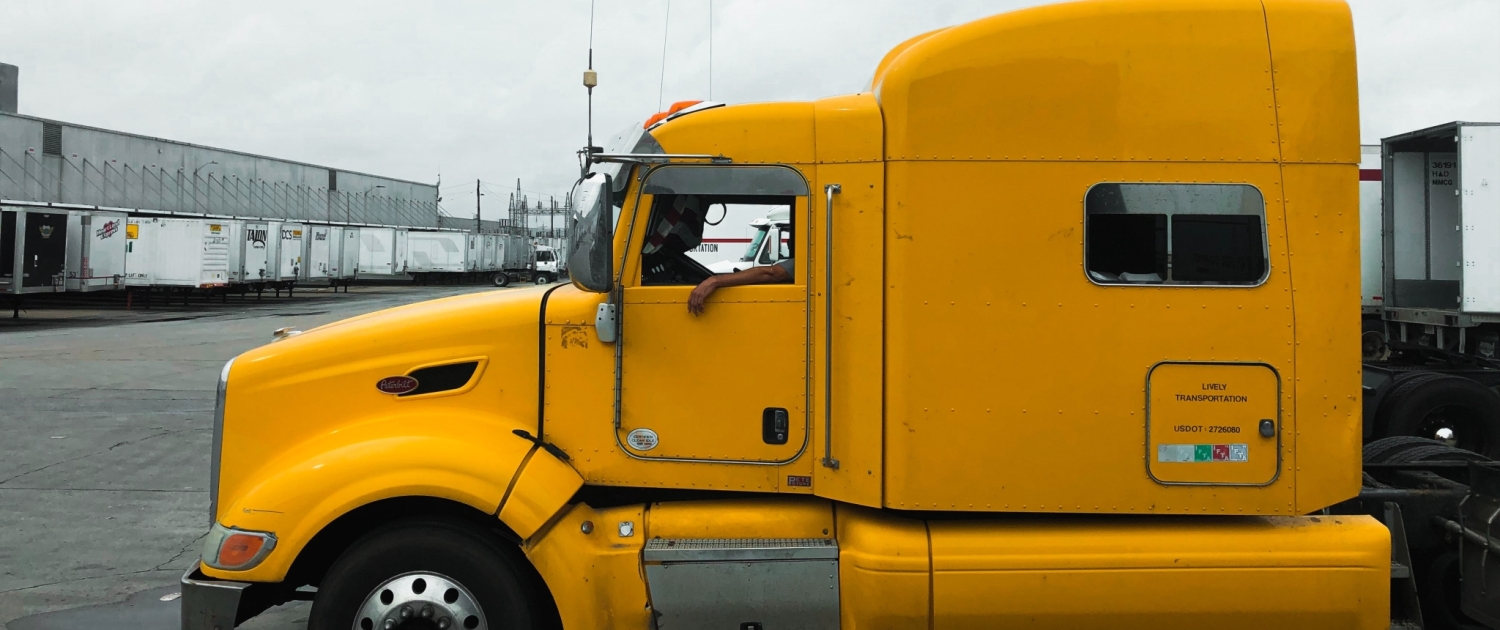 Waiting. It’s one of the biggest frustrations for truck drivers. Every day, drivers lose hours off the clock and money out of their pockets when they’re forced to wait at a shipper or receiver for hours (sometimes days) for a live load.
Waiting. It’s one of the biggest frustrations for truck drivers. Every day, drivers lose hours off the clock and money out of their pockets when they’re forced to wait at a shipper or receiver for hours (sometimes days) for a live load. A drop and hook is when a driver “drops” their trailer at the customer’s yard and gets a new one before driving off.
A drop and hook is when a driver “drops” their trailer at the customer’s yard and gets a new one before driving off.  Live load, sometimes known as “dock bumping” is when a driver backs their trailer up to the warehouse doors and then waits while the workers or
Live load, sometimes known as “dock bumping” is when a driver backs their trailer up to the warehouse doors and then waits while the workers or  This all depends on what you’re running. In general, there will be more live loads in reefer and
This all depends on what you’re running. In general, there will be more live loads in reefer and  Most drivers will agree that in general, drop and hooks are quicker and therefore better than live loads. This isn’t always the case though. As any experienced driver will tell you, there are a number of things that can go wrong with a shipper or receiver, resulting in you waiting well past your appointment time to get a new trailer. As a driver, these situations are extremely frustrating, since there’s not much you can control aside from getting to your appointment on time.
Most drivers will agree that in general, drop and hooks are quicker and therefore better than live loads. This isn’t always the case though. As any experienced driver will tell you, there are a number of things that can go wrong with a shipper or receiver, resulting in you waiting well past your appointment time to get a new trailer. As a driver, these situations are extremely frustrating, since there’s not much you can control aside from getting to your appointment on time. The logistics chain is a long and messy one. There are hundreds of moving parts that go into getting a product from point A to point B. Any one of those moving parts could go wrong, with the truck driver being the one left waiting for the issue to be resolved, drop and hook or not.
The logistics chain is a long and messy one. There are hundreds of moving parts that go into getting a product from point A to point B. Any one of those moving parts could go wrong, with the truck driver being the one left waiting for the issue to be resolved, drop and hook or not.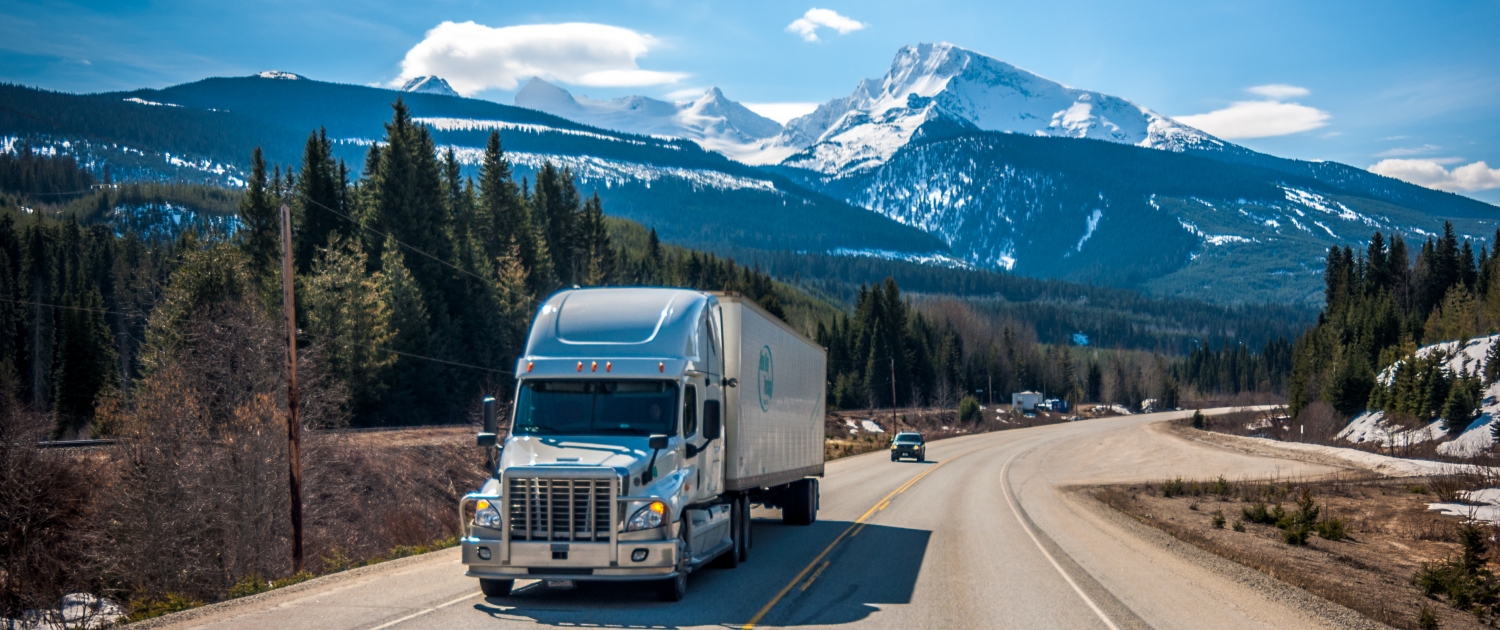 Dry Van hauling is without a doubt the most recognizable and common form of trucking. Just about every OTR or Regional trucker has driven dry van at some point in their career. Why? Almost everything gets transported on dry vans. If it’s not alive, won’t spoil, and isn’t oversized, there’s a good chance it’ll be on a dry van. Here are the need-to-know facts about dry van trucking.
Dry Van hauling is without a doubt the most recognizable and common form of trucking. Just about every OTR or Regional trucker has driven dry van at some point in their career. Why? Almost everything gets transported on dry vans. If it’s not alive, won’t spoil, and isn’t oversized, there’s a good chance it’ll be on a dry van. Here are the need-to-know facts about dry van trucking. 

